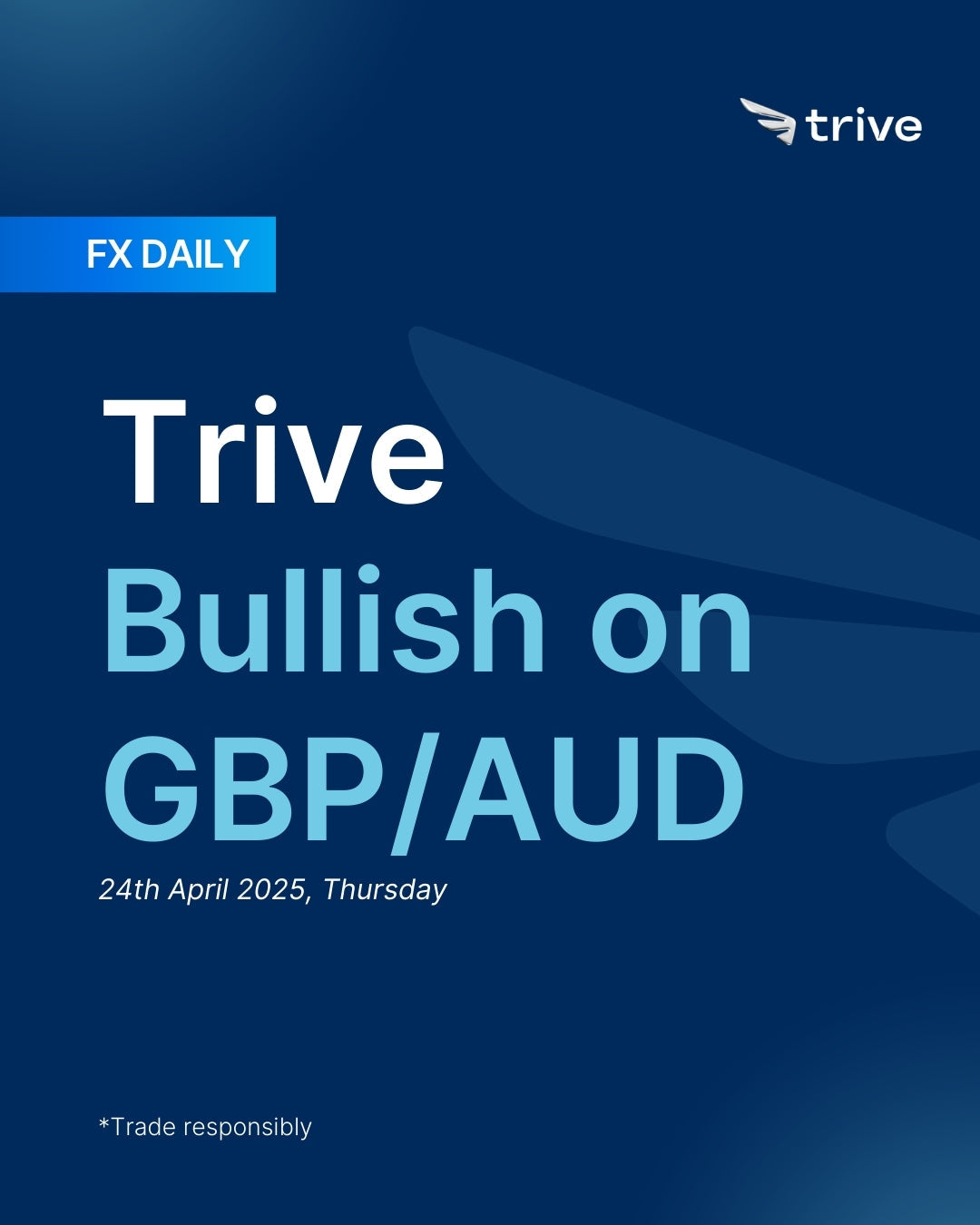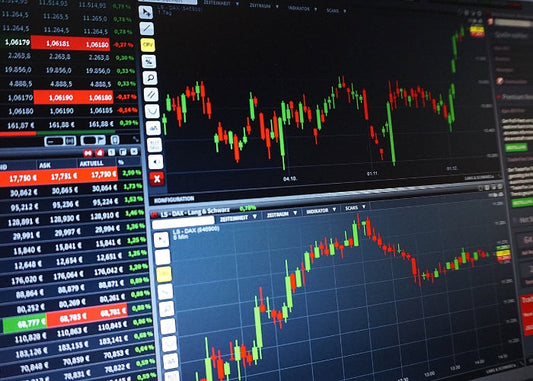FX Daily: Trive Bullish on GBP/AUD

The GBP remains supported amid the current environment of uncertainty, due to its relatively limited exposure to US tariffs. In contrast, the AUD is likely to be less attractive as long as US-China trade tensions persist, given its role as a proxy for the CNY.
GBP: Waiting for new catalyst
The GBP has not performed as strongly as expected in the aftermath of the U.S. tariff announcement. While often seen as a relative safe haven among pro-cyclical currencies—largely due to the UK’s limited direct exposure to U.S. tariffs—the pound has yet to register meaningful upside. For now, risk sentiment remains fragile, and GBP is likely to stay under pressure relative to traditional safe havens like the JPY and CHF, though it may outperform more volatile, high-beta currencies once market sentiment stabilizes.
Beyond trade policy, domestic developments have failed to provide a catalyst for sustained GBP strength in this uncertain environment. UK employment data was mixed and prompted little immediate reaction from the pound. Analysts at Capital Economics noted that "while wage growth remains too high, the increasing downside risks to inflation and economic activity stemming from U.S. tariffs may lead the Bank of England to shift its focus—from inflation concerns driven by pay growth to downside risks in overall activity." Furthermore, inflation data was generally weaker than expected, where headline CPI, services CPI, and CPIH all came in below forecasts, while core CPI remained in line but dropped 0.1ppt from February to 3.4%. Notably, services CPI slowed from 5.0% to 4.7%, falling short of the BoE’s projected 4.9%—a development likely to ease concerns about persistent underlying inflation. Overall, the data supports the BoE’s current guidance of easing policy in a “careful and gradual” manner, and markets continue to price in rate cuts on a quarterly basis.
Looking ahead, the UK calendar is relatively light, with attention turning to April preliminary PMIs and March retail sales. Given the ongoing market focus on tariffs and the UK’s relatively limited exposure to U.S. trade actions, both data points could serve as potential catalysts for the GBP during this uncertain period. In short, the baseline outlook for GBP remains well supported, though the currency is currently awaiting a clear catalyst to reassert its position as a relative safe haven among pro-cyclical currencies amid the prevailing macroeconomic uncertainty.
AUD: US vs China
The Antipodean currencies—particularly the AUD—have been notable underperformers since the announcement of new U.S. tariffs, primarily due to their high-beta nature and sensitivity to global risk sentiment. From a direct trade standpoint, Australia faces relatively limited impact, given its already low exposure to the U.S., and despite being subjected to a 10% tariff—currently under a 90-day pause. However, this pause has offered little relief to the AUD, as the broader concern lies in the spillover effects from escalating U.S.-China trade tensions. The AUD continues to trade as a liquid proxy for the Chinese yuan (CNH), making it particularly vulnerable to developments in the U.S.-China relationship. Notably, China is now facing cumulative tariffs of 145% from the U.S., and has retaliated by raising tariffs on U.S. goods from 84% to 125%. This intensifying trade conflict remains a key downside risk for the AUD in the near term.
On the domestic front, the March labor data continued to signal a tight labour market in Australia, with the unemployment rate steady at 4.1% and 32.3K full-time jobs added. Nonetheless, global factors continue to dominate the outlook for the AUD. In China, markets are increasingly expecting further RRR cuts from the PBoC in Q2 (at least 25bps), in response to growing external pressures from U.S. tariffs. This would add to the stimulus measures already in place—recall that in March, Beijing announced new fiscal measures, including a higher budget deficit target, and hinted at additional support to come. The Politburo is set to meet later this month to outline the near-term policy agenda. Should China's stimulus efforts sufficiently offset the impact of tariffs, or if the final U.S. tariff rate turns out lower than currently anticipated (which seems unlikely for now), these developments could help the AUD rebound—especially with support from improving risk sentiment, solid domestic fundamentals, a tight labour market, and a moderately hawkish RBA.
Looking ahead, the AUD calendar is quiet, with no major domestic events expected to move markets. Therefore, focus will remain on external factors—chiefly U.S.-China trade tensions. In the absence of any positive developments in U.S. trade policy, the AUD remains under pressure, with external risks likely to continue driving the currency in the near term.
 GBP/AUD 4H
GBP/AUD 4H
Disclaimer
This material is provided for informational purposes only and does not constitute financial, investment, or other advice. The opinions expressed in this material are those of the author and do not necessarily reflect the views of Trive International. No opinion contained in this material constitutes a recommendation by Trive International or its author regarding any particular investment, transaction, or investment strategy. This material should not be relied upon in making any investment decision.
The information provided does not consider the individual investment objectives, financial situation, or needs of any specific investor. Investors should seek independent financial advice tailored to their individual circumstances before making any investment decisions. Trive International shall not be liable for any loss, damage, or injury arising directly or indirectly from the use of this information or from any action or decision taken as a result of using this material.
Trive International may or may not have a financial interest in the companies or securities mentioned. The value of investments may fluctuate, and investors may not get back the amount they originally invested. Past performance is not indicative of future results.
For more information about Trive International, please visit http://trive.com/int
Additional Information
Investing involves risk, including the potential loss of principal. Diversification and asset allocation strategies do not ensure a profit or guarantee against loss. The content in this material is subject to change without notice and may become outdated or inaccurate over time. Trive International does not undertake any obligation to update the information in this material.
By accessing this material, you acknowledge and agree to the terms of this disclaimer. If you do not agree with these terms, please refrain from using this information.
कोई टिप्पणी नहीं
Home
Trive
TriveHub





0 टिप्पणियाँ